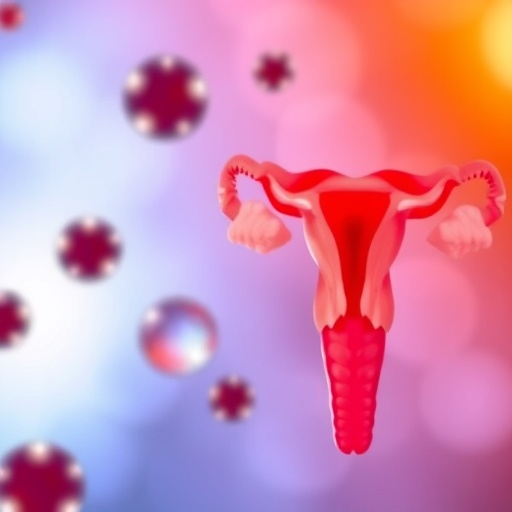Peer reviewed, Experimental analysis, Animals
Researchers at UCL have shown for the first time that mammals detect different intensities of cold using distinct sensory neuron systems, a finding which could lead to the development of new drugs to treat cold pain.
The study on mice, published in Proceedings of the National Academy of Sciences, set out to understand more about the two known sensory neuron (nerve) populations, which mammals use to cold sense. Namely neuronal populations that express the ion channel Transient receptor potential melastatin 8 (Trpm8), or the sodium channel NaV1.8.
Researchers used in vivo GCaMP3 imaging to identify cold sensing populations of sensory neurons in live mice. The study found that Trpm8 neurons detects changes in body temperatures down to zero degrees (acute cold), and that NaV1.8-expressing neurons detect prolonged extreme (noxious) cold, below zero degrees.
Co-corresponding author Dr. Edward Emery (UCL Wolfson Institute for Biomedical Research) said: “Trpm8 and NaV1.8 are, for the most part, not expressed in the same set of neurons, which has historically presented a significant challenge in understanding how both of these molecular targets can be independently responsible for cold sensing.
“Here we show that the vast majority of acute cold-sensitive neurons do not express Nav1.8, but instead are enriched with Trpm8, as well as a unique repertoire of other genes.
“In contrast, however, we observe a crucial role for NaV1.8 in the detection of prolonged extreme cold.
“These findings greatly enhance our understanding of how these different peripheral sensory neurons sense acute and prolonged noxious cold, and show that multiple cell and molecular mechanisms contribute to cold pain sensation in mammals.”
The observation that different neuronal populations are responsible for the detection of different cooling intensities could facilitate the development of more effective therapies for cold-related pain.
Co-corresponding author Professor John Wood (UCL Wolfson Institute for Biomedical Research) said: “Cold sensing in mammals is an essential tool for survival with almost all parts of the globe having a cold season.”
“However, some individuals with nerve damage often feel cold pain, when in fact the environmental temperature would not have triggered any cold sensation.
“Our new finding may now allow researchers to hone in on possible key reasons and develop drugs for blocking cold pain, dependent of which nerves have been damaged.”
Study limitations
One of the key findings of our research is that potassium channels are likely to play a pivotal role in modulating our ability to detect environmental cold. Importantly, there are many different types of potassium channels expressed in sensory neurons, where they play pivotal roles in governing neuronal excitability. This means that drug specificity, as well as overcoming potential compensation by other potassium channels, will be vital in developing effective therapeutics that do not affect normal sensory function.
###
This study was funded by the Wellcome Trust.
Media Contact
Henry Killworth
[email protected]
http://dx.




